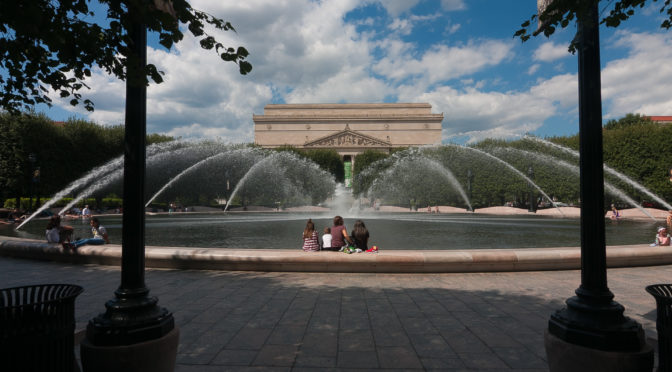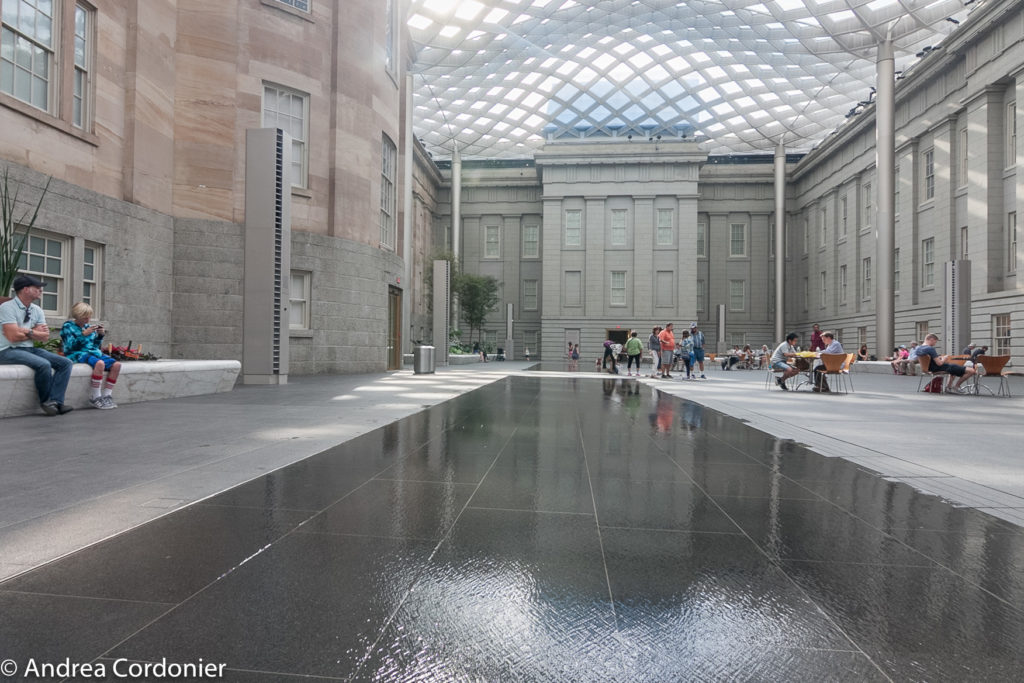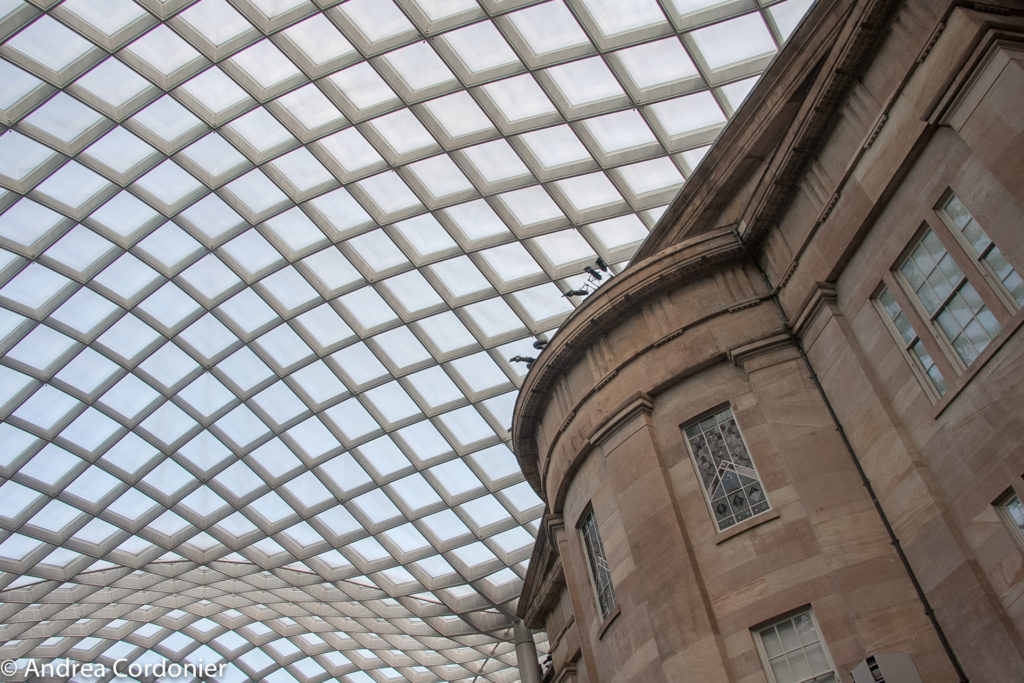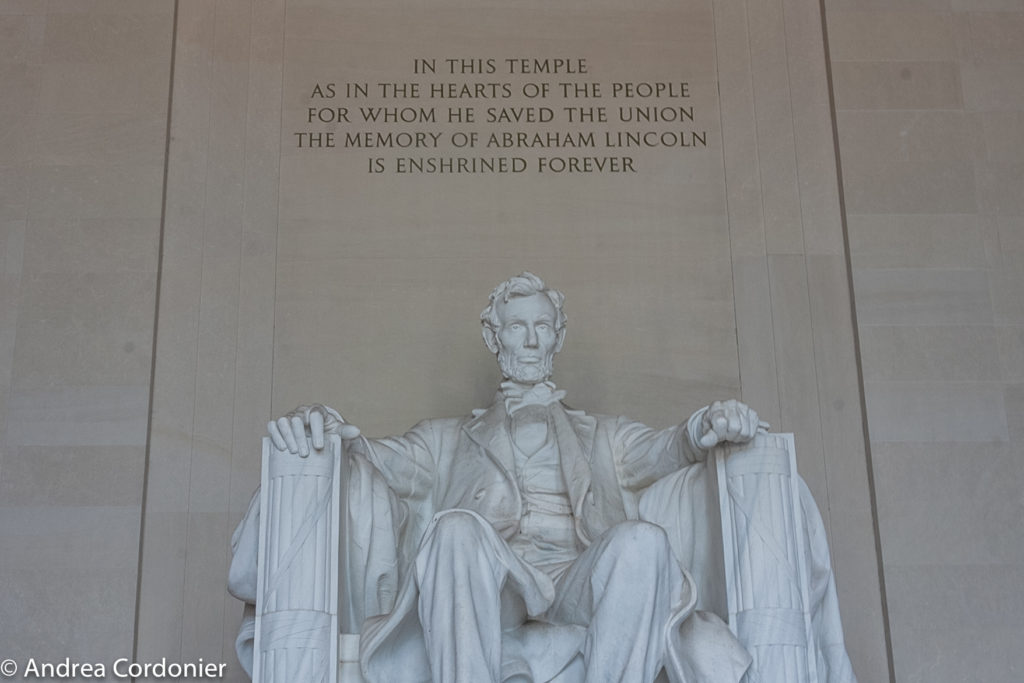In spite of the oppressive heat and humidity of August in Washington, D.C., I did what I like to do best: I walked around, looked at things and talked to people. This being my first trip to the capital, I focussed on the National Mall, exploring adjacent neighborhoods, and my relentless pursuit of Guastavino tile.
In D.C., security is the conversational opener in the same way people elsewhere talk about the weather. 9/11 and the Oklahoma City bombing were cited as the salvo, the traceable moments in time when Everything Changed. Reduced accessibility was visible on the streets, in screening procedures employed at every public building, and in architecturally-based security features. And what you couldn’t see – the behind-the-scenes invisible – hung in the air.
Like neighbourhood design, security measures influence behaviour. I carried my cumbersome Guastavino reference book to explain what I was looking for to personnel unfamiliar with his work. I asked permission before I snapped photos of federal properties, particularly building interiors, and had to sign up for a tour to view the art collection within the Department of the Interior. From the wraparound rooftop of the Kennedy Center, I watched helicopters circumnavigate the city like clockwork and wondered what I looked like to them, a single individual with a camera on a vacant expanse. The sole view of the White House, available from a distant sliver of parkland flanked by chainlink fencing, appeared small enough to photographically tuck in the palm of one’s hand: visitor as benevolent giant. Or Godzilla, depending on perspective.
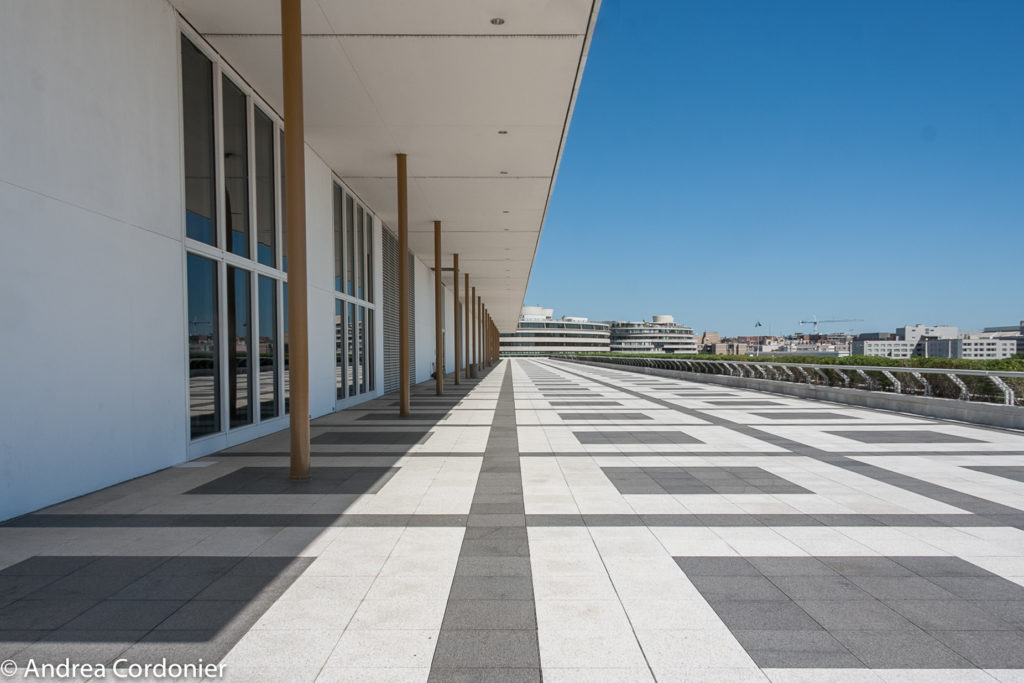

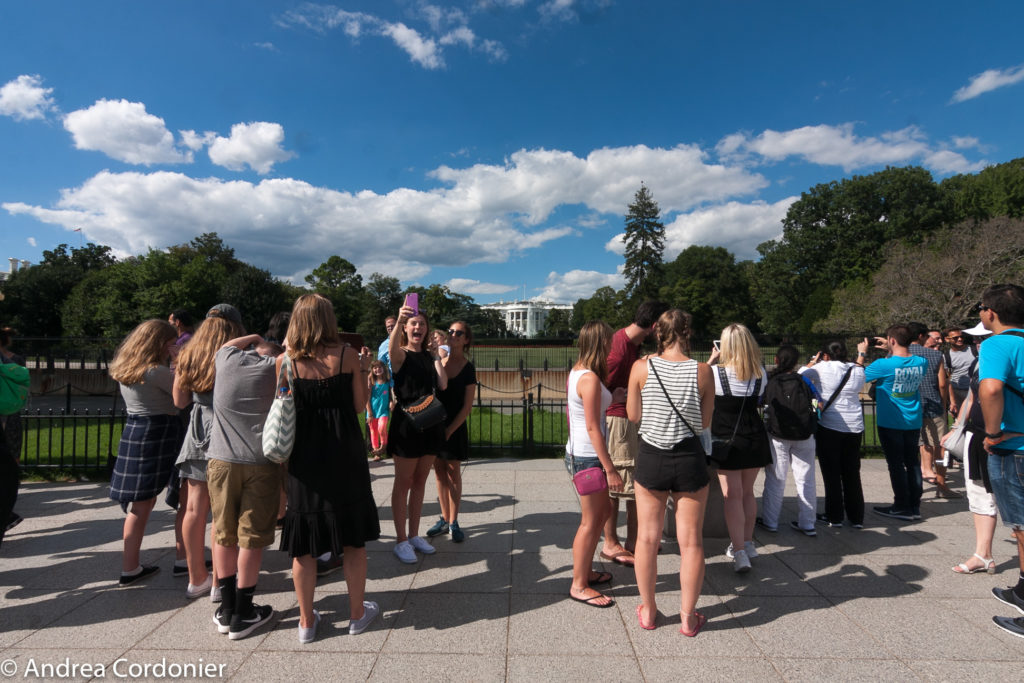
The city is a treasure trove of striking architecture, built with the finest craftsmanship and materials, much of it classically designed to outlast the fickleness of shifting taste. I was especially impressed with the deft approach to mating old buildings with new elements. The National Portrait Gallery/Smithsonian American Art Museum is housed in the former Patent Building, considered the finest example of Greek Revival architecture in the United States; Walt Whitman described it “as the noblest of Washington buildings.” With its thoroughly modern canopied courtyard, it is an exquisite example of bridging the past with the present.
And, yes, I did kick off my sandals and play in that water.
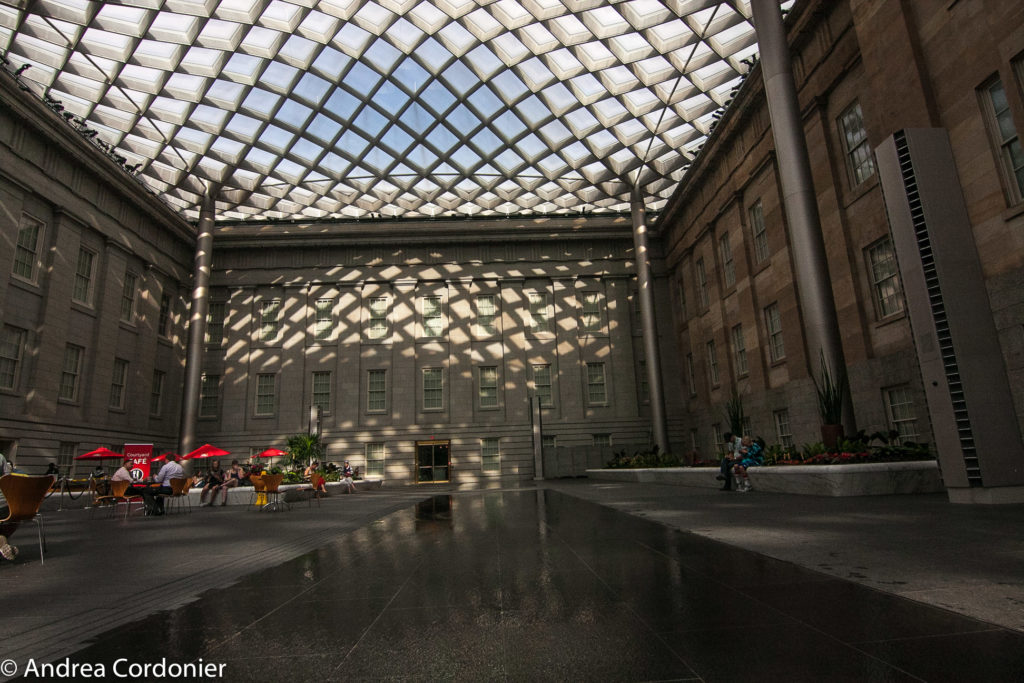
Although I live in Ottawa, I didn’t appreciate the inherent challenges of city-building in a nation’s capital until I visited D.C.
I also wasn’t aware until recently that the National Capital Commission’s Capital Urbanism Lab facilitates public discussions on issues related to Ottawa as the nation’s capital. November’s speaker was Marcel Acosta, Executive Director of Washington’s National Capital Planning Commission (NCPC) followed by an audience Q&A facilitated by Dr. Mark Kristmanson, CEO of the National Capital Commission (NCC), with Beth White, Commissioner of the NCPC. A free exchange of ideas and information between the two commissions is common because, as Acosta states, Washington as a capital region has more in common with Ottawa than it does with other American cities.
But there is one significant difference between Ottawa’s NCC and Washington’s NCPC: the NCC owns and manages assets – buildings and properties – whereas the NCPC does not.
**********
CLICK HERE for Capital Building: A View from Washington – Part 2, highlights from Marcel Acosta’s presentation including new approaches to expanding the capital’s commemorative program, how its past affects its future development and how height, viewsheds and security projects shape the city’s form.
